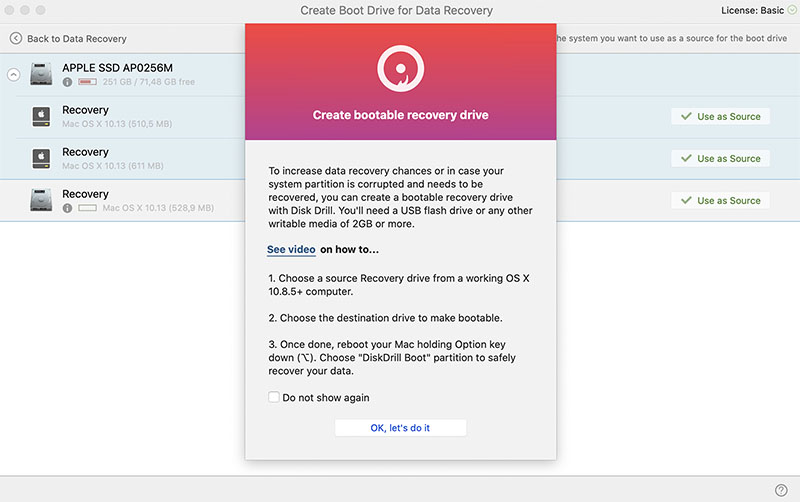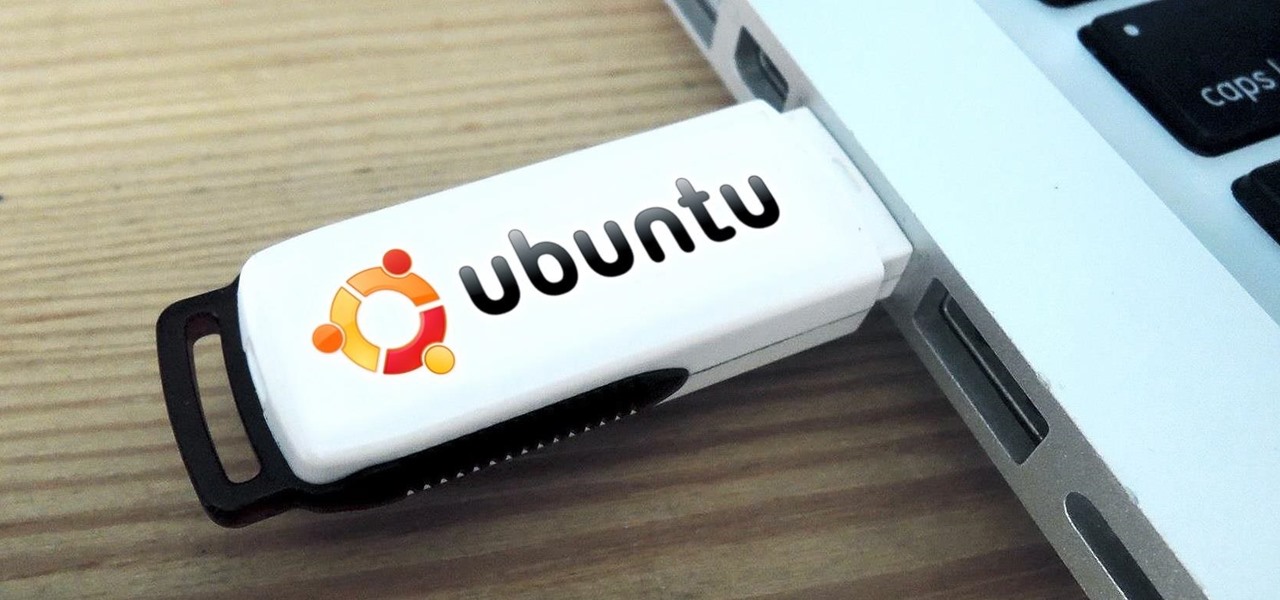

- #READY BOOT USB FOR MAC MAC OS X#
- #READY BOOT USB FOR MAC UPGRADE#
- #READY BOOT USB FOR MAC WINDOWS 10#
- #READY BOOT USB FOR MAC WINDOWS#
Use these steps to set up a USB drive with a GPT partition:
#READY BOOT USB FOR MAC WINDOWS#
To do this, you’ll need to use the Diskpart command-line utility on Windows 10.
#READY BOOT USB FOR MAC MAC OS X#
Create Mac OS X bootable USB installation mediaīefore you can use TransMac, you first need to partition your USB flash drive with a GPT partition, as a normal MBR partition may not work. Now that you have all the necessary ingredients, you’re ready to make a Mac OS X bootable USB using the DMG file of the operating system with the steps below.
#READY BOOT USB FOR MAC UPGRADE#
These instructions will also work for Windows users who are running Mac OS X on a virtual machine and need to upgrade to the latest version.
#READY BOOT USB FOR MAC WINDOWS 10#
However, if you find yourself on a scenario where your device (iMac, MacBook Pro, Air, Mac Pro or Mini) is not responding and you happen to have a Windows 10 device, then you can still be able to make a USB bootable installation media for your Mac OS X to reinstall the operating system using the Recovery Assistant. This is why it’s recommended that you make a Mac OS X bootable USB when your Mac is in working conditions.


If your Mac is using a firmware password, it ignores this key combination or starts up from macOS Recovery. Option-Command-P-R: Reset NVRAM or PRAM.If your Mac is using a firmware password, you're prompted to enter the password. Option (⌥) or Alt: Start up to Startup Manager, which allows you to choose other available startup disks or volumes.macOS Recovery installs different versions of macOS, depending on the key combination you use. If your Mac is using a firmware password, you're prompted to enter the password. Or use Option-Command-R or Shift-Option-Command-R to start up from macOS Recovery over the internet. Command (⌘)-R: Start up from the built-in macOS Recovery system.Keep holding until the described behavior occurs. To use any of these key combinations, press and hold the keys immediately after pressing the power button to turn on your Mac, or after your Mac begins to restart.


 0 kommentar(er)
0 kommentar(er)
